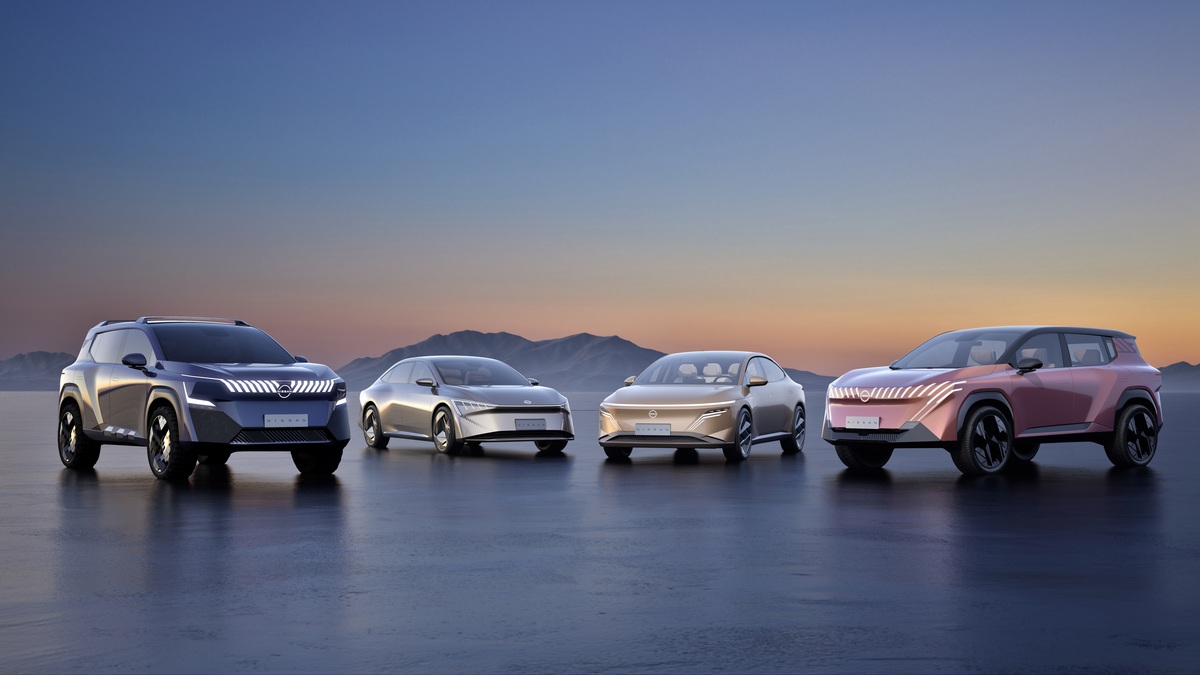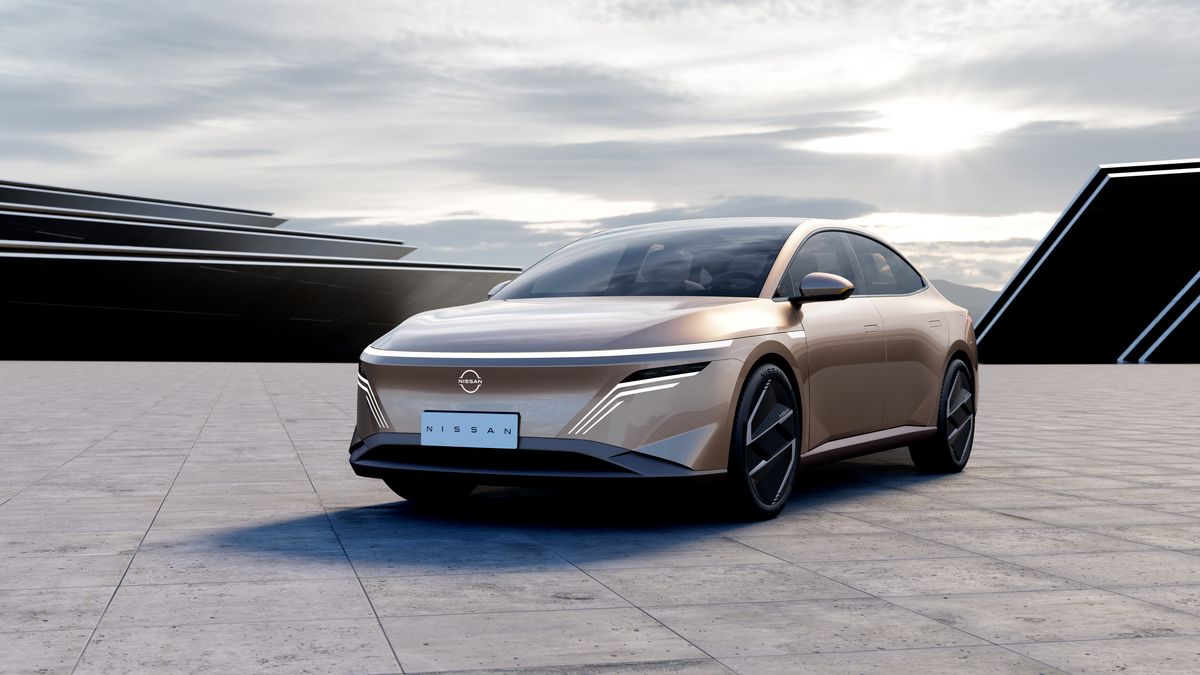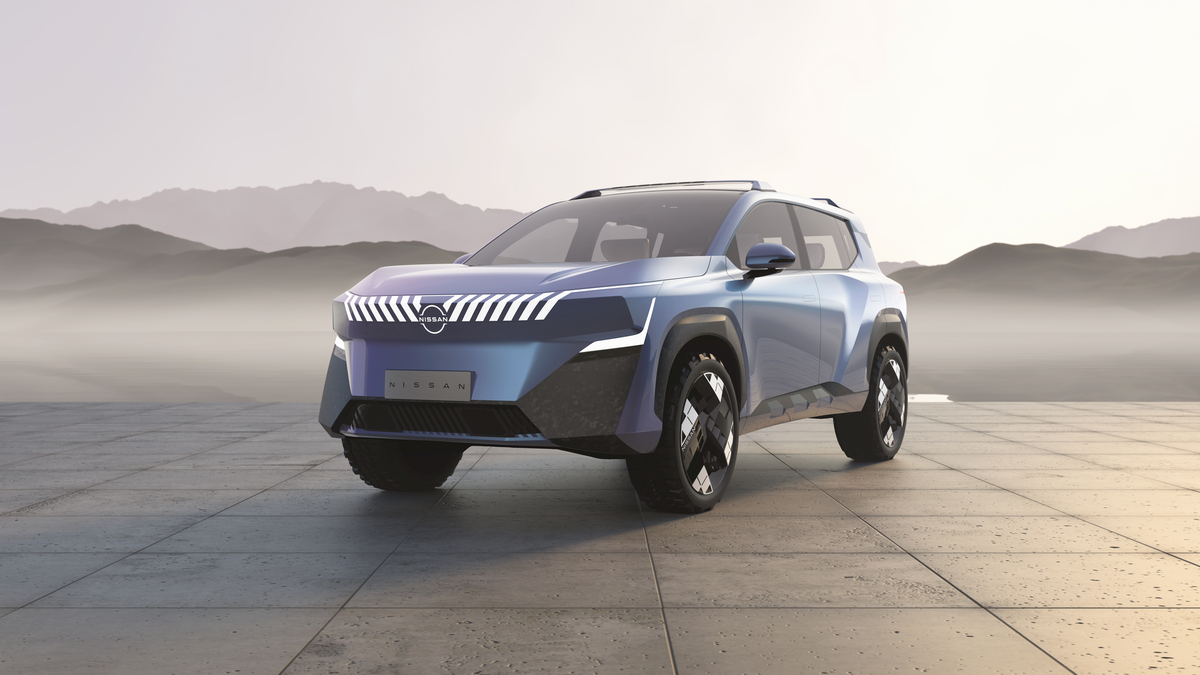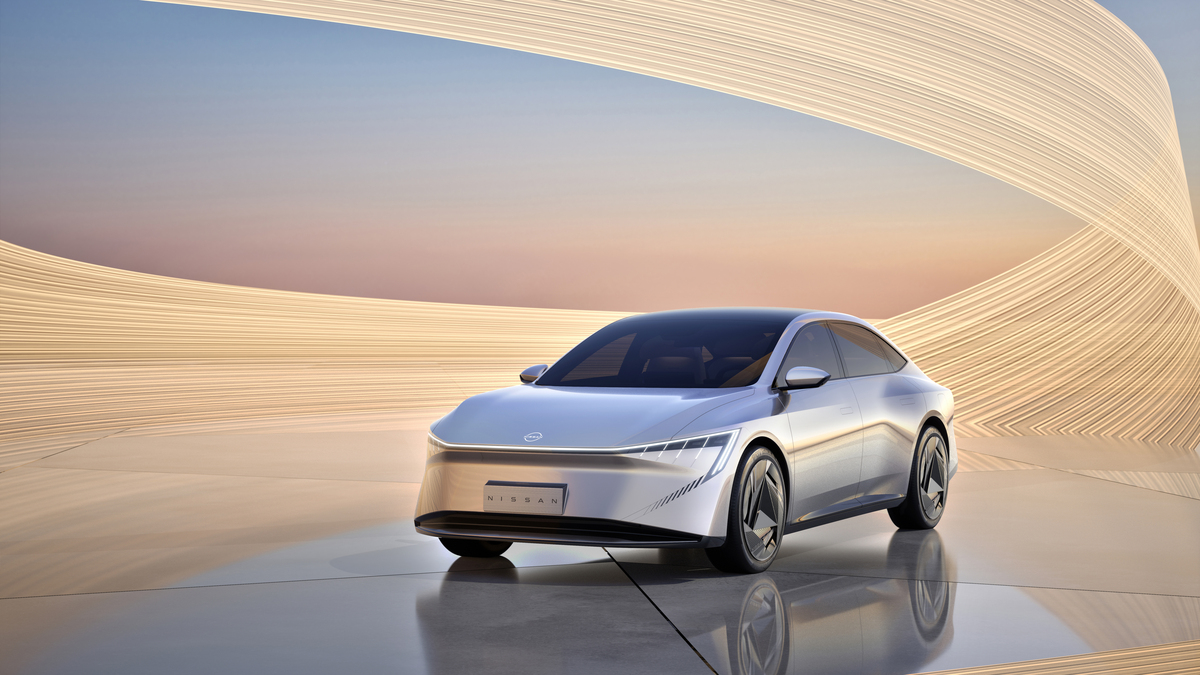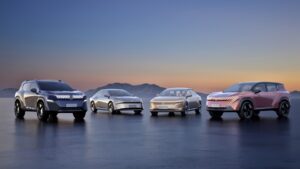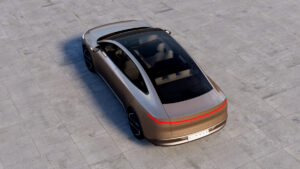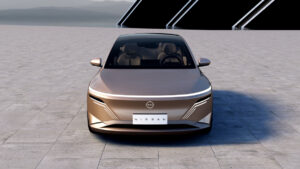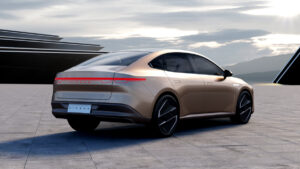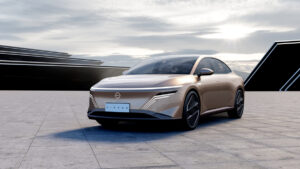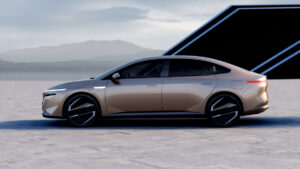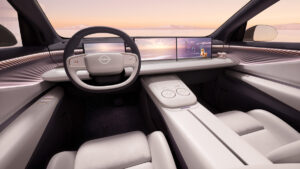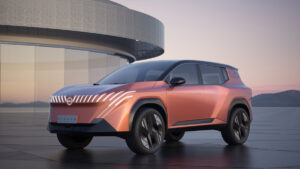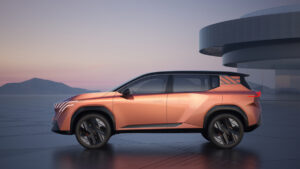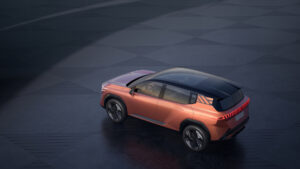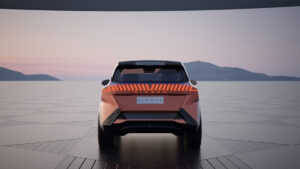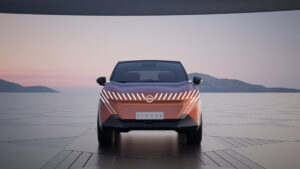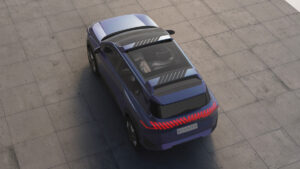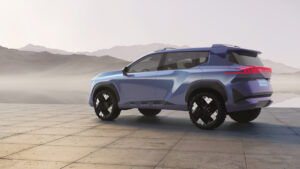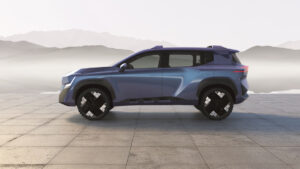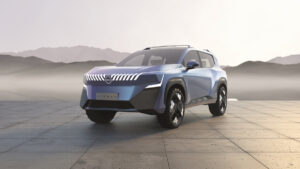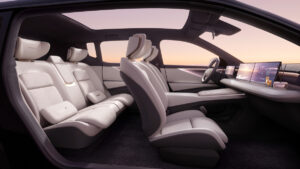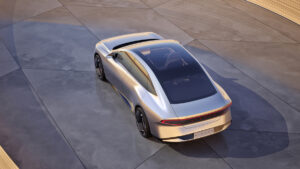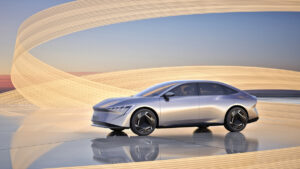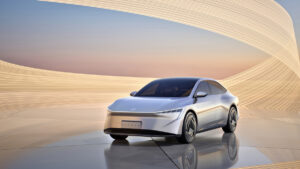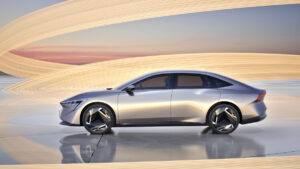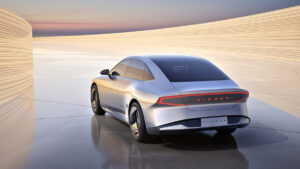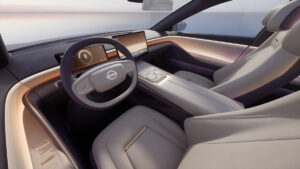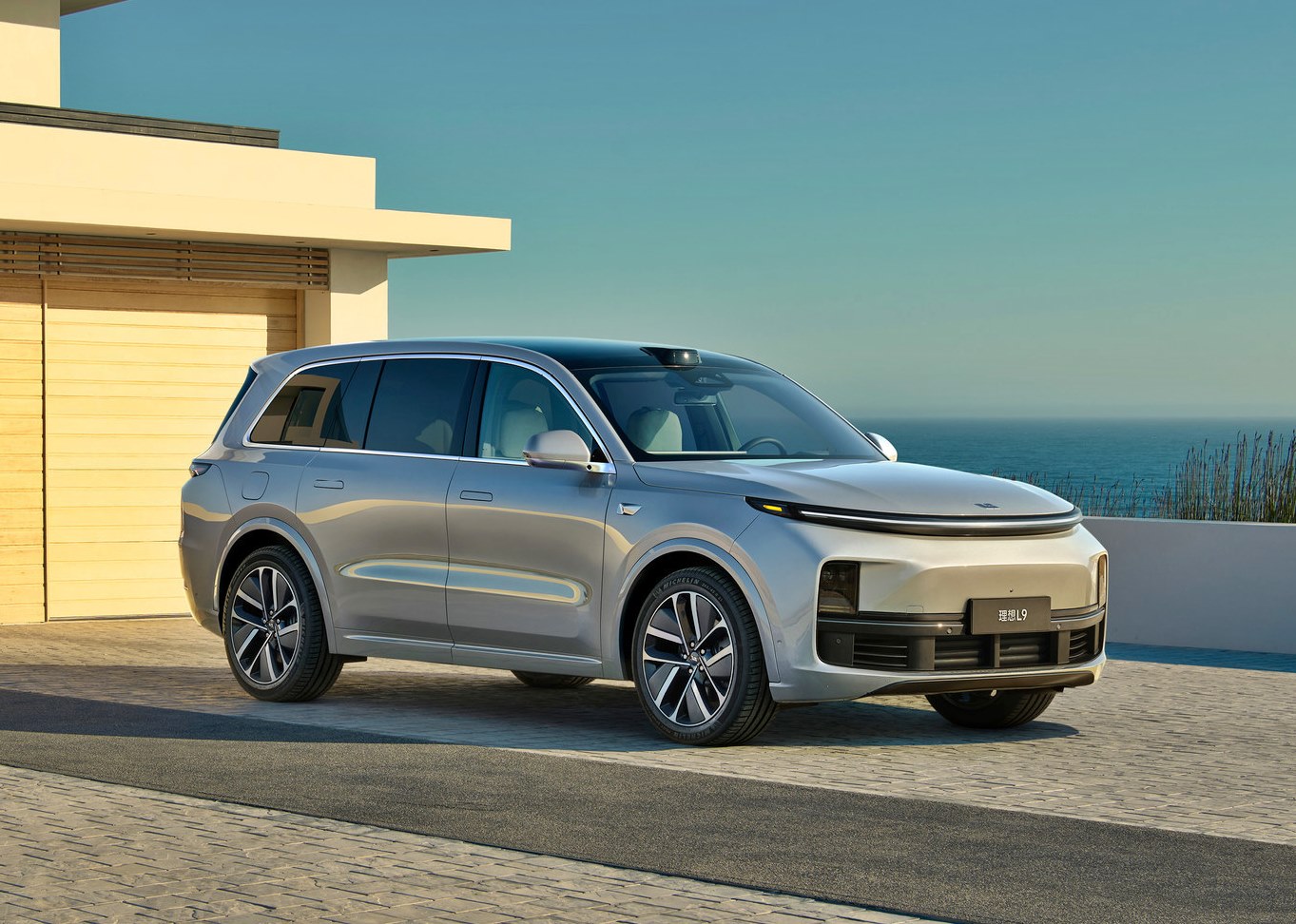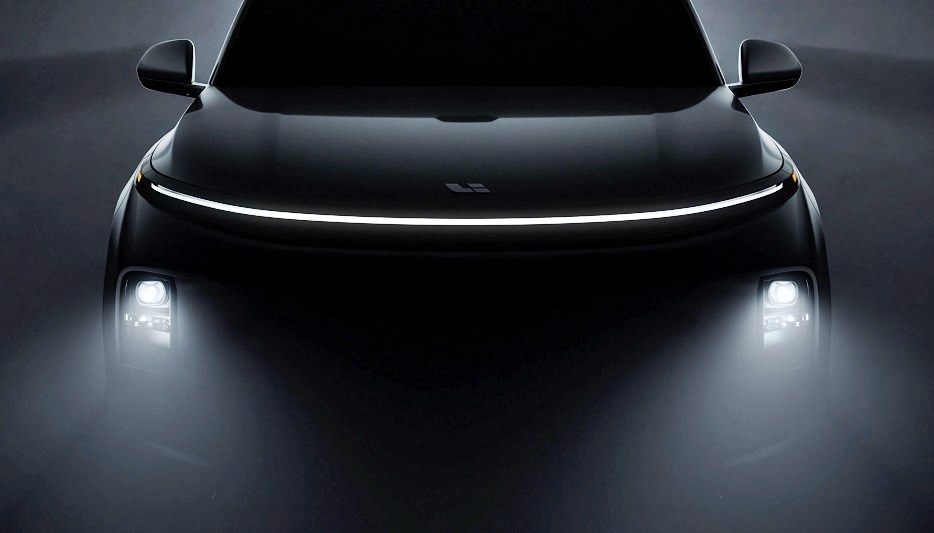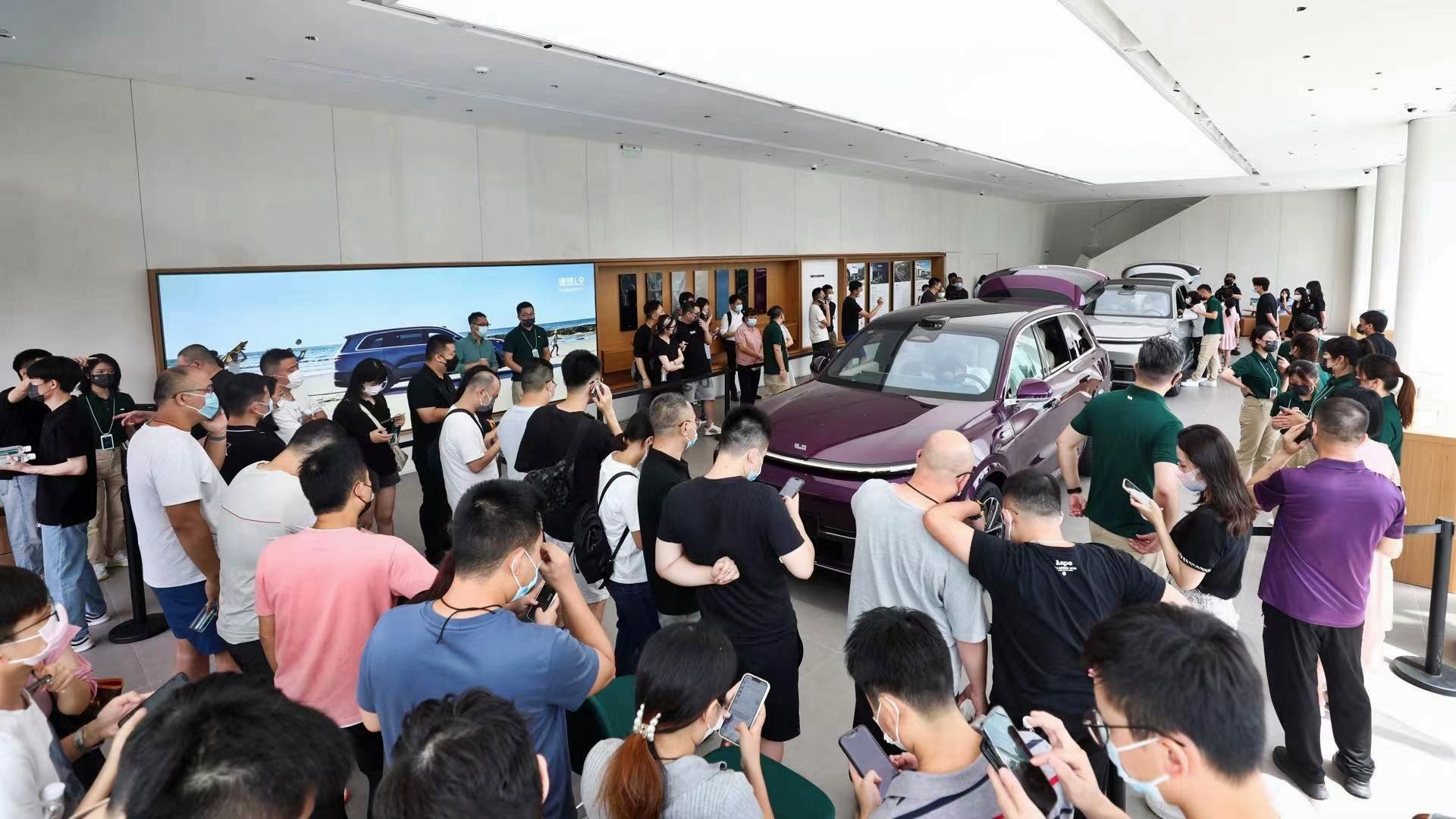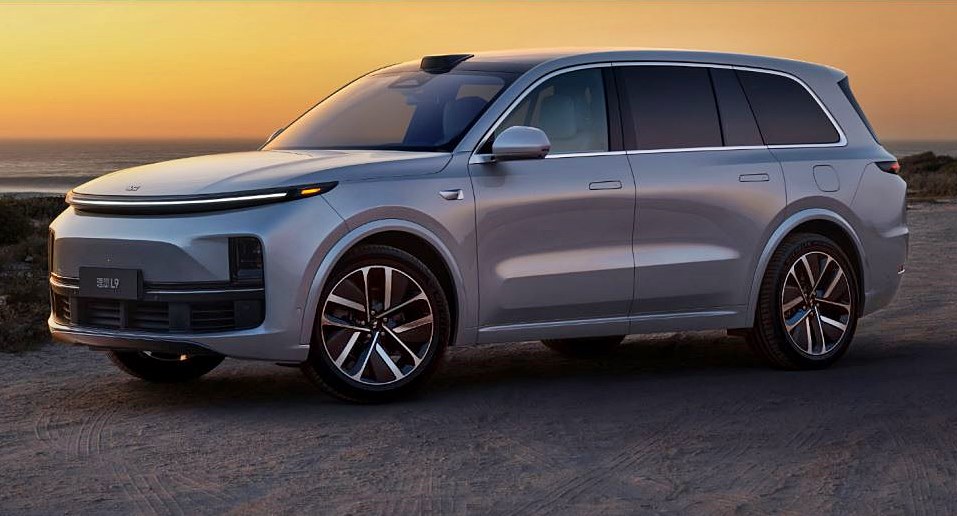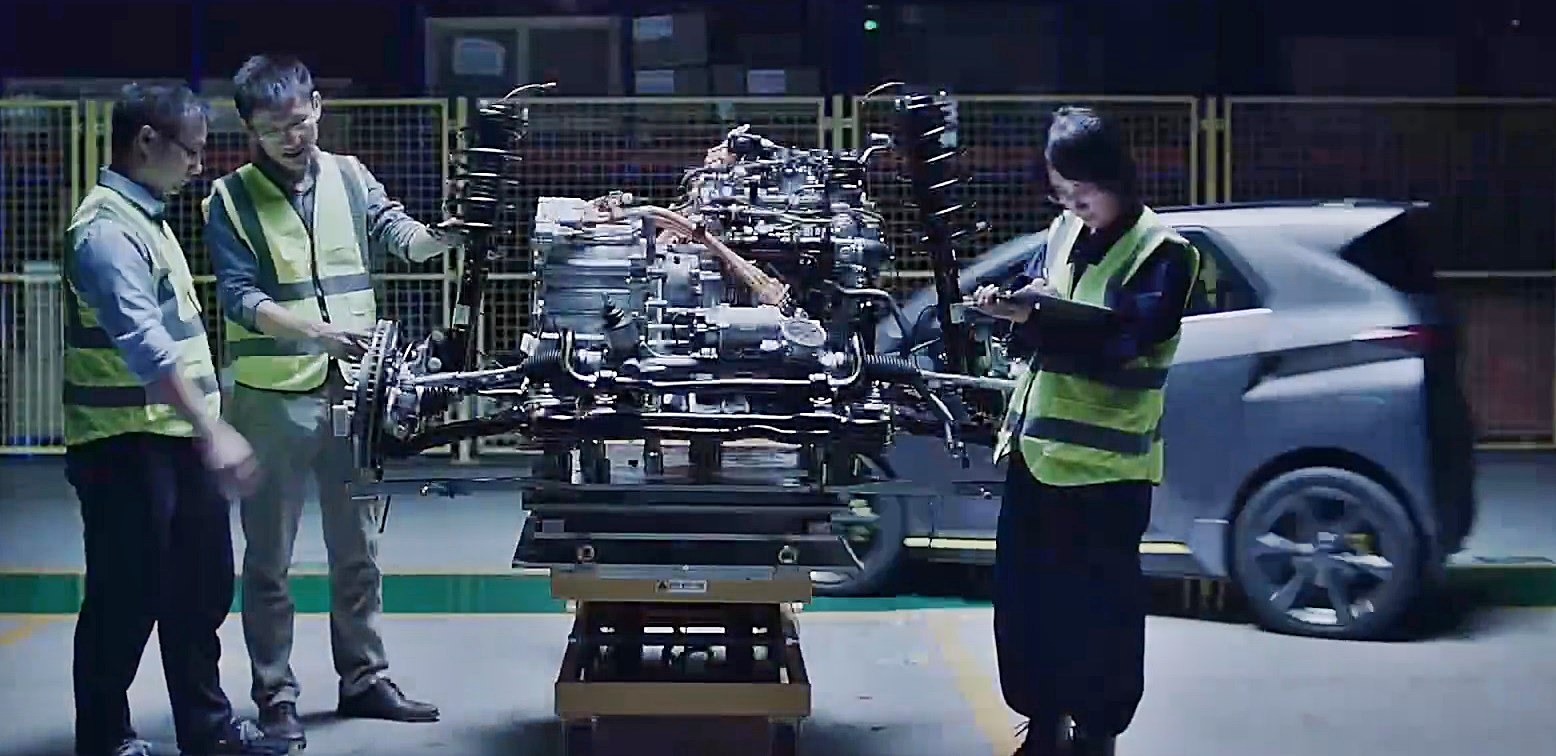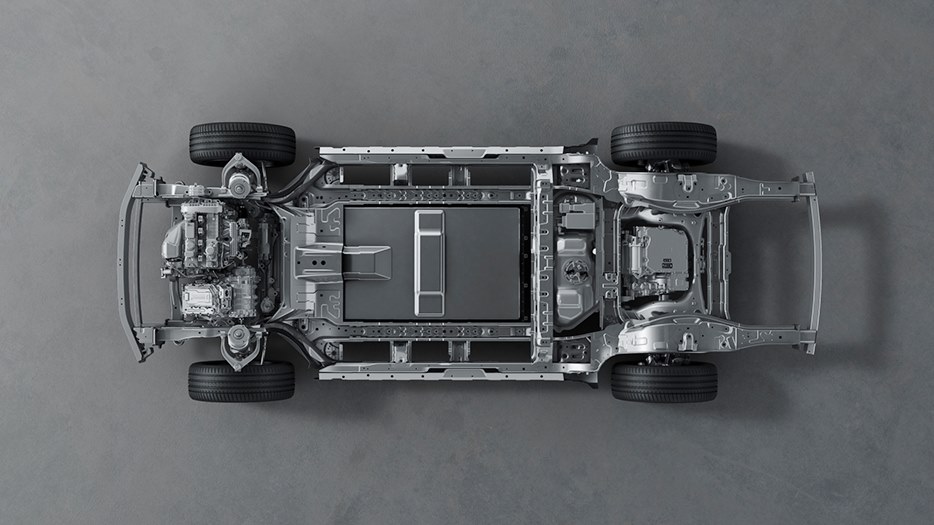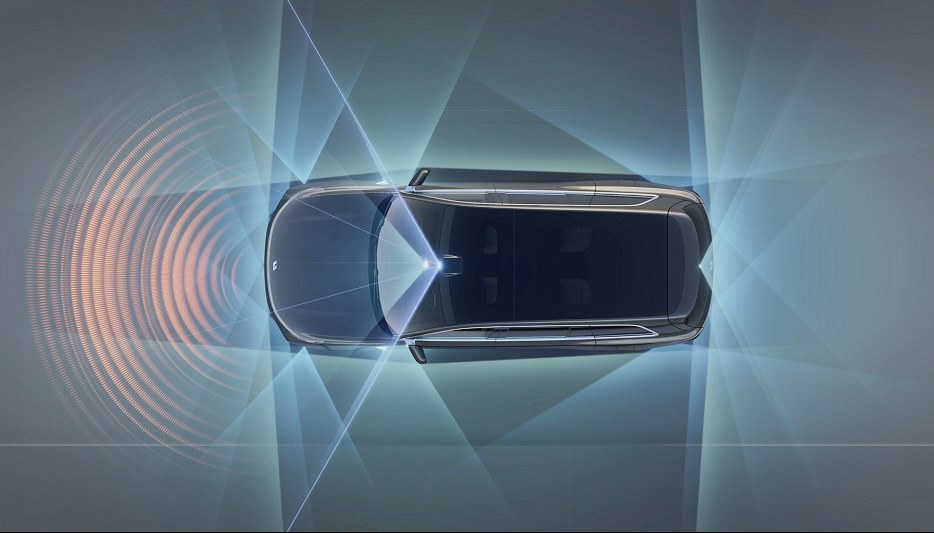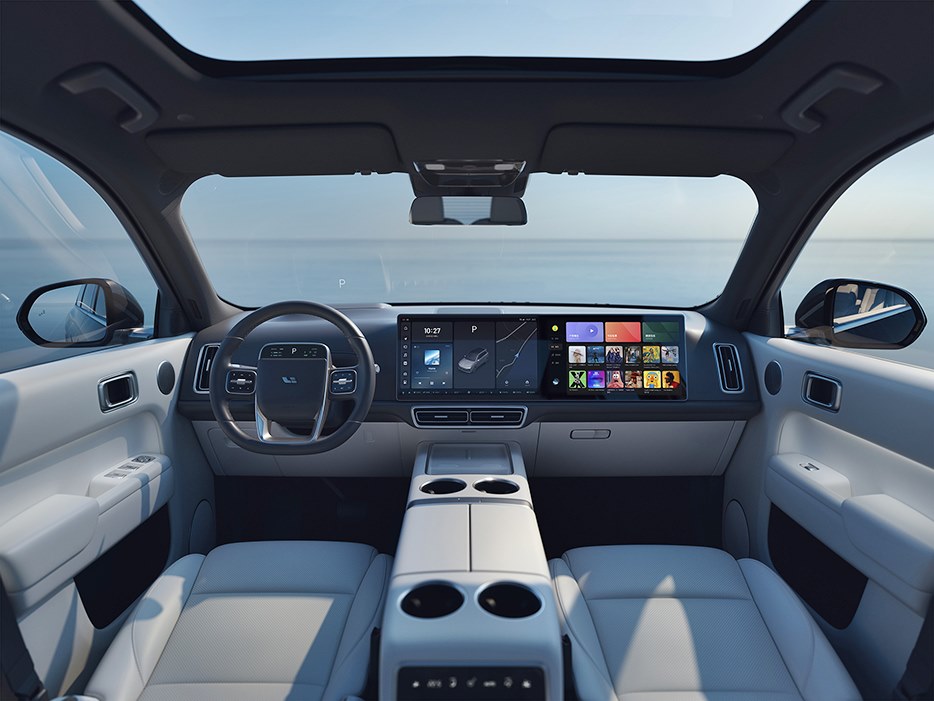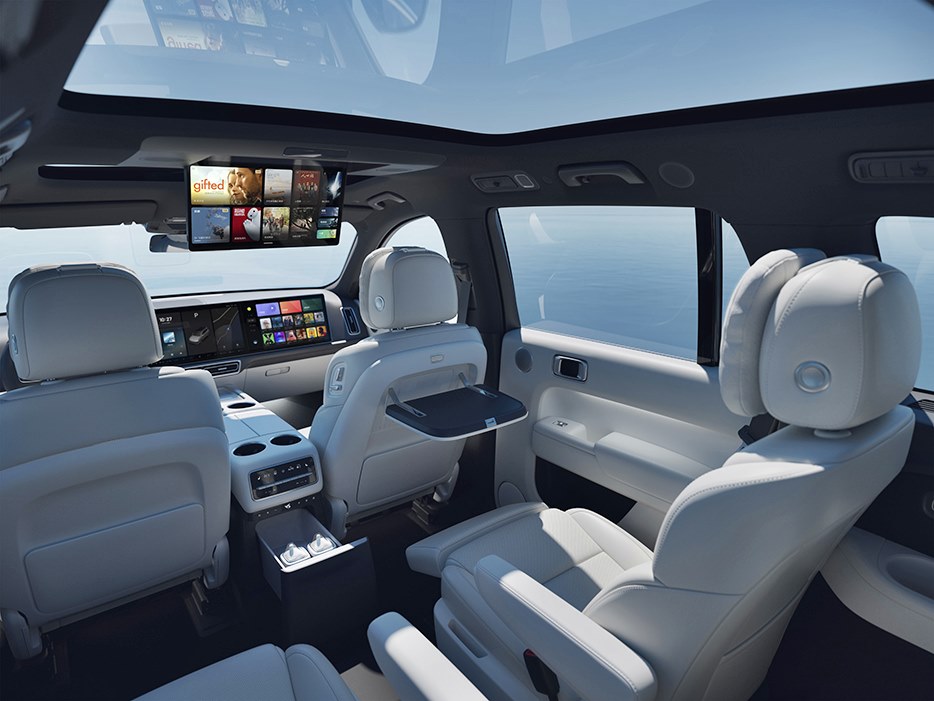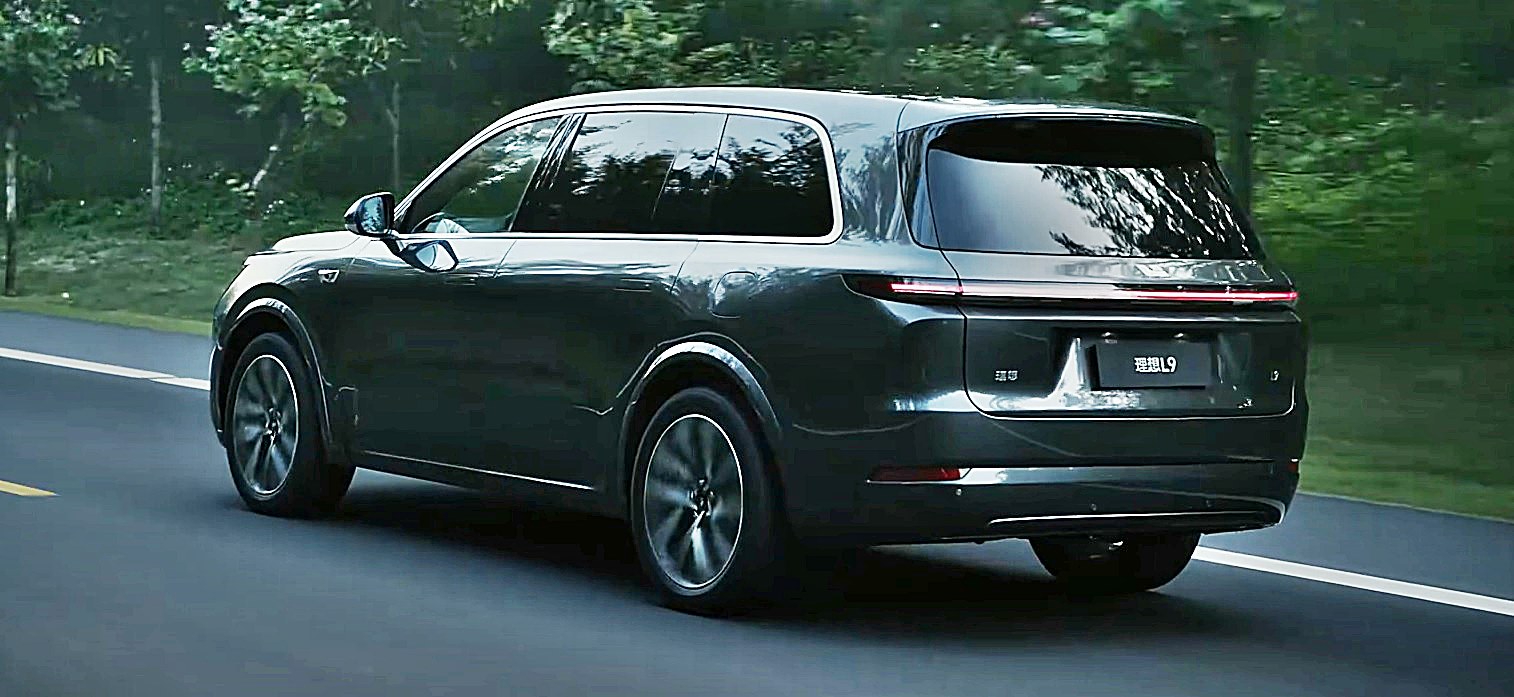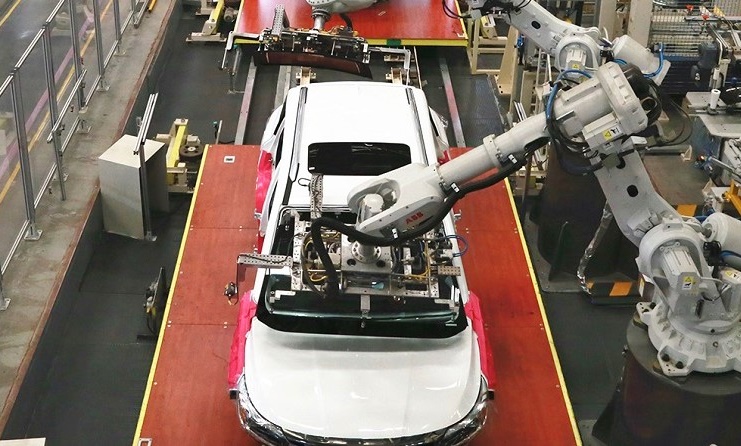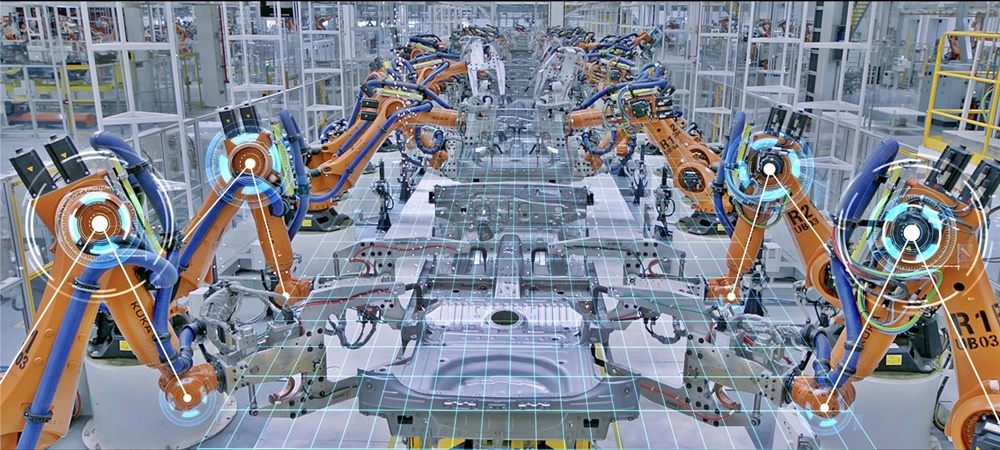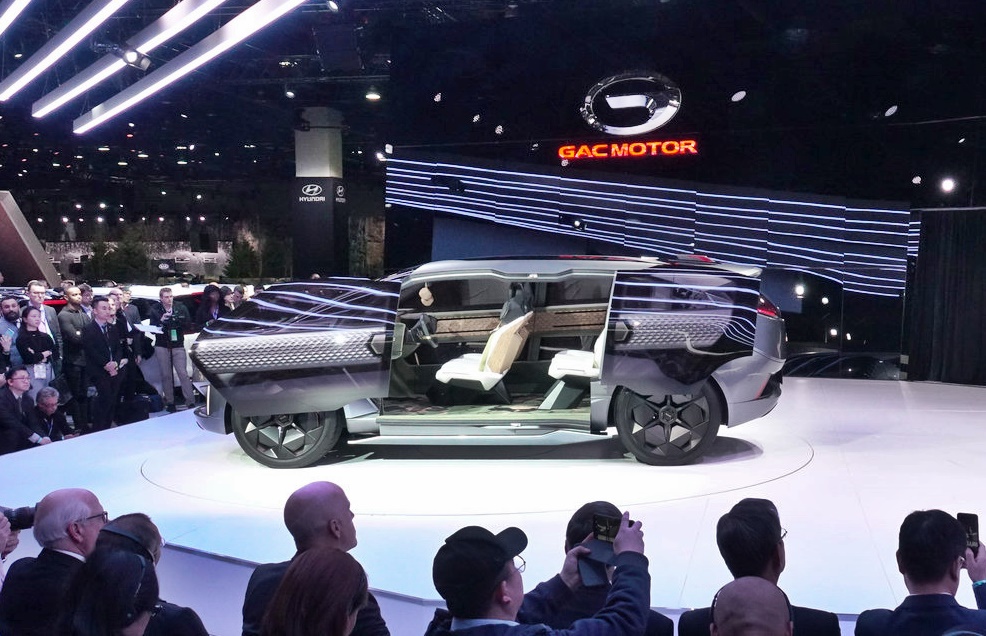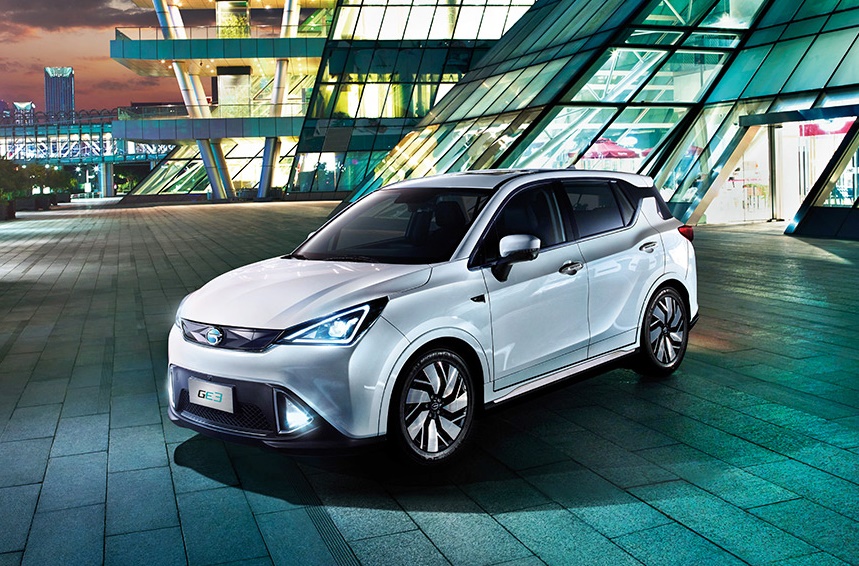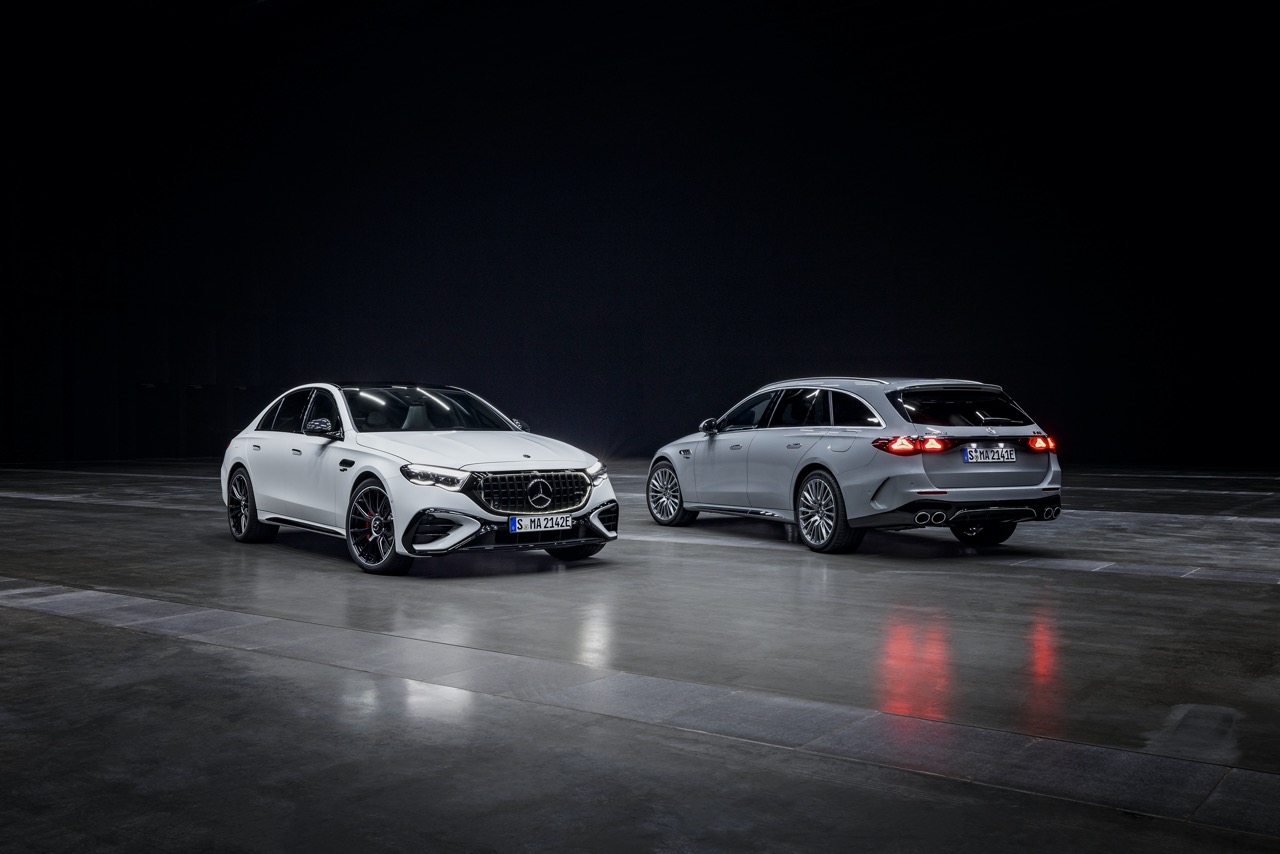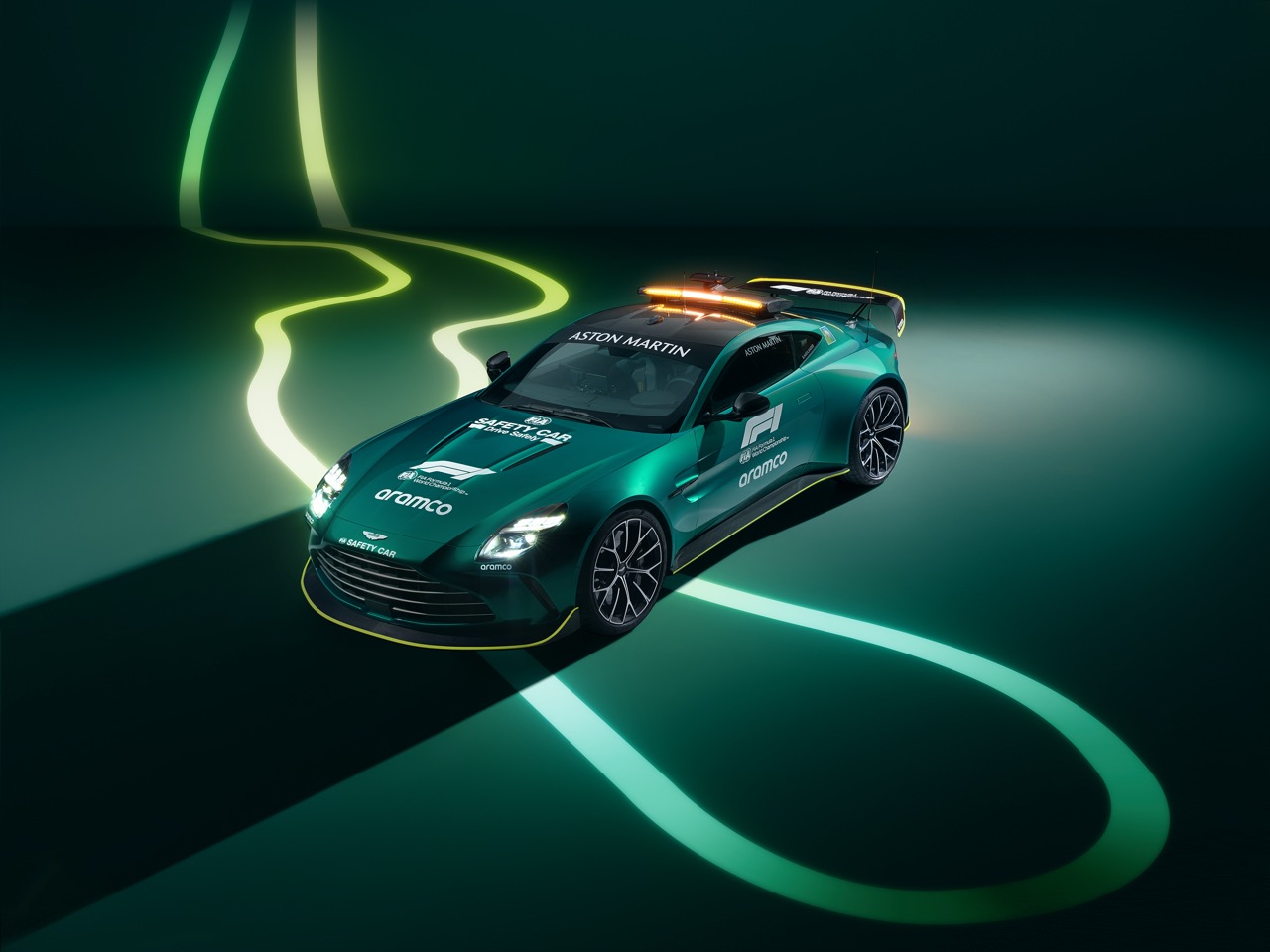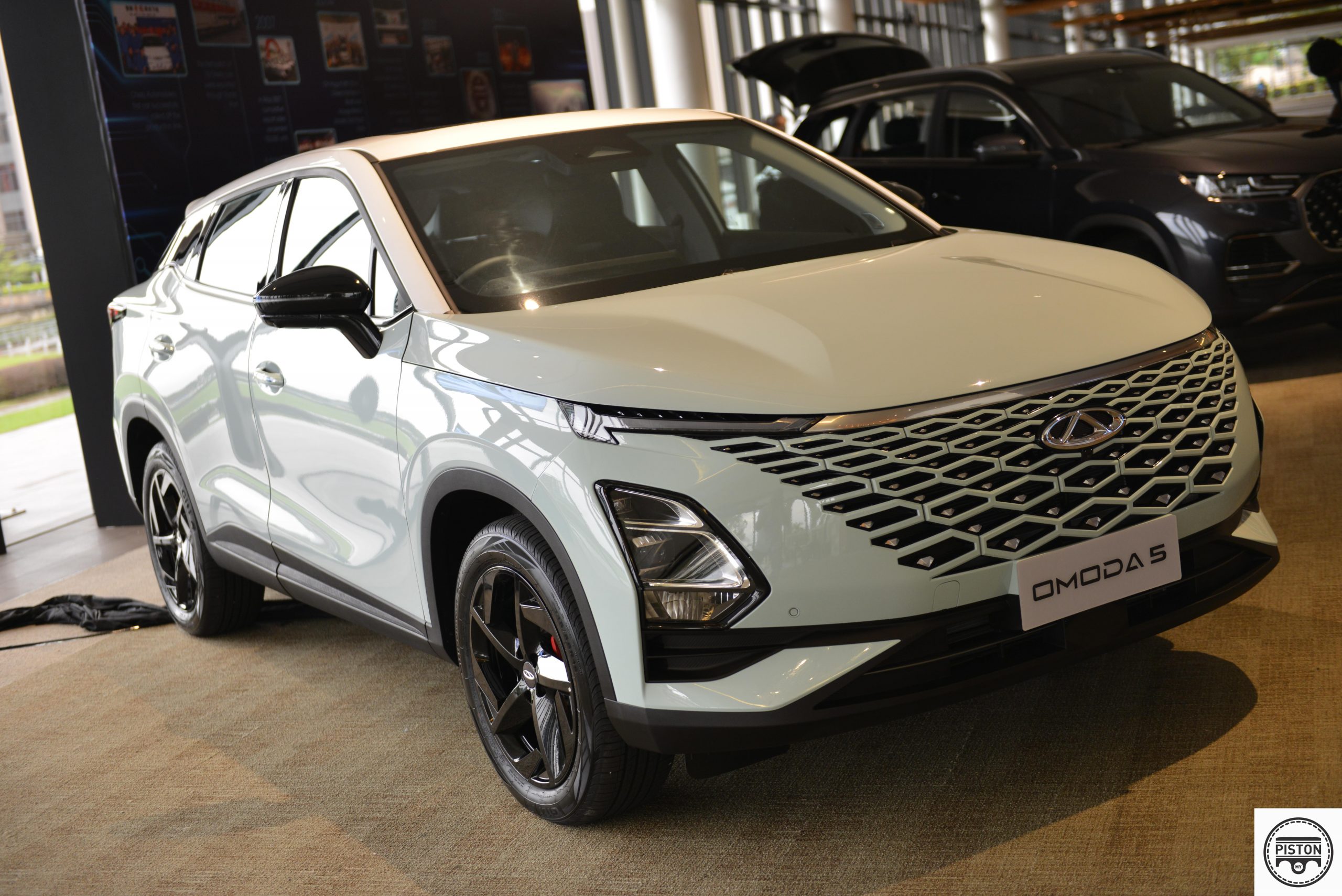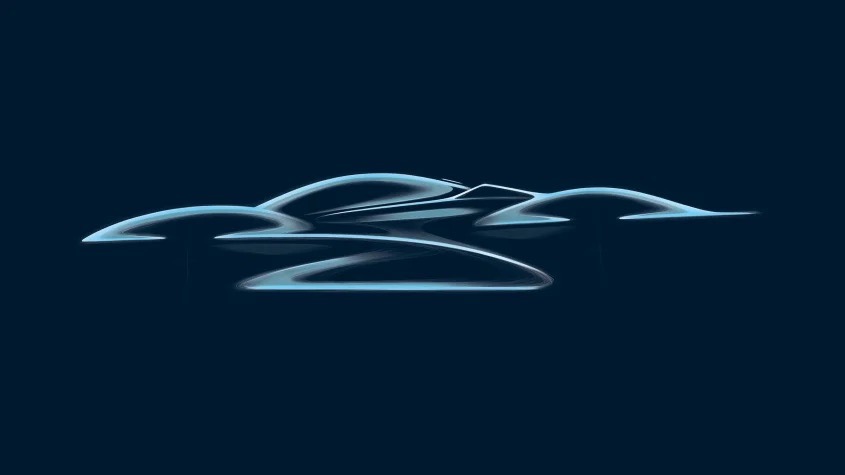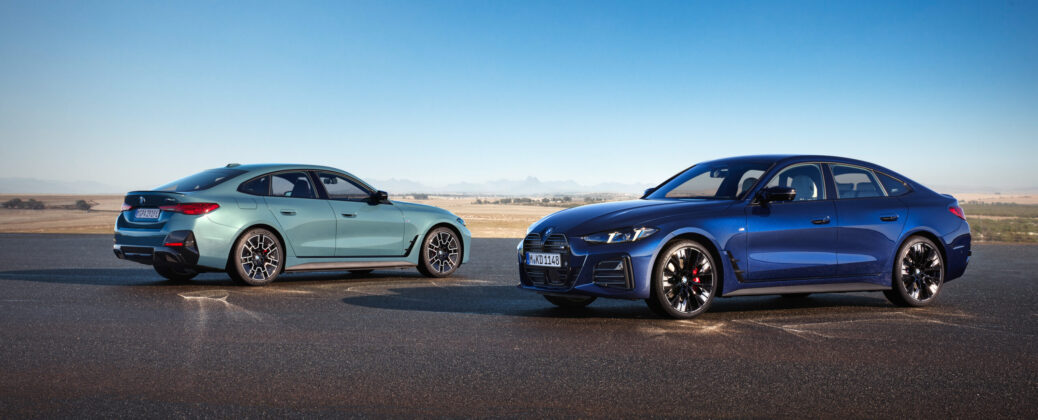At Auto China 2024, Nissan made a significant splash under the theme “A new Nissan for a new era in China,” unveiling four new energy vehicle (NEV) concepts and showcasing a robust lineup of electrified models. This move underscores Nissan’s latest achievements and future direction in electrification, aligning with its commitment to sustainable growth in the rapidly evolving Chinese market.
The four NEV concept models, developed in collaboration with local partner Dong Feng, cater to various future mobility needs in China:
Nissan Epoch Concept
An EV sedan designed for urban and suburban lifestyles, featuring an AI-expanded Internet of Things and a virtual personal assistant for enhanced comfort and convenience.
Nissan Epic Concept
An EV SUV tailored for adventurous city couples, equipped with autonomous driving capabilities, mobile power source functionality, and advanced onboard technologies for a relaxing driving experience.
Nissan Era Concept
A plug-in hybrid SUV catering to urban lifestyles, particularly appealing to young businesspeople. It offers an interconnected entertainment system, zero-gravity seats, and advanced driving technologies for comfort and confidence.
Nissan Evo Concept
A plug-in hybrid sedan ideal for weekend getaways and family moments, featuring advanced driver support functions and an AI-enhanced virtual personal assistant for a tailored driving experience.
Additionally, Nissan showcased the Nissan Hyper Force Concept and Nissan Hyper Punk Concept, previously premiered in Tokyo. The Hyper Force Concept offers ultimate driving pleasure with high environmental performance, targeting racing enthusiasts and eco-conscious individuals. The Hyper Punk Concept aims to inspire self-expression with AI and biosensors for mood detection, enhancing energy and creativity.
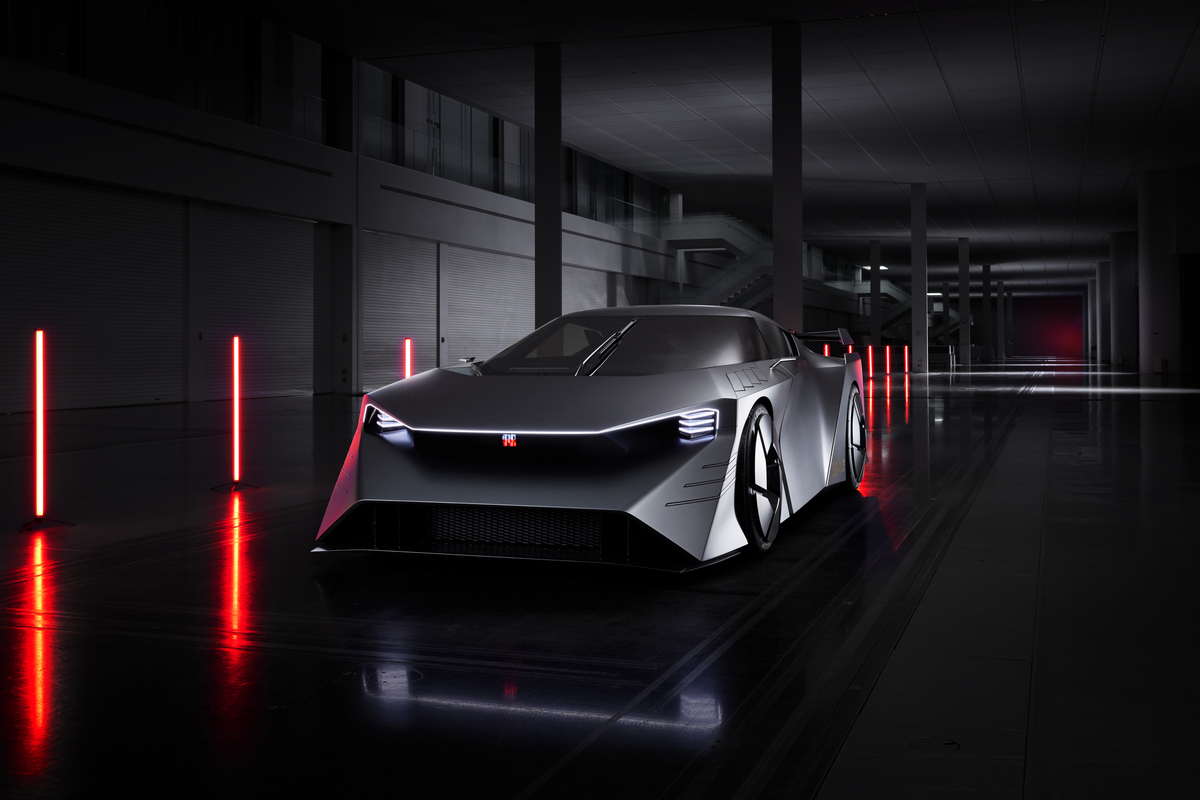
Further underscoring Nissan’s commitment to electrification, the displayed Formula E Gen3 race car represents the Nissan Formula E team’s participation in the ABB FIA Formula E World Championship.
Nissan’s China strategy focuses on corporate value and overall competitiveness, with initiatives like the “Excitement by Ni” brand campaign embodying the commitment to innovation and enriching lives. Nissan aims to lead in providing exciting mobility experiences, leveraging intelligence and AI-based services through strategic partnerships.
Amidst rapid market changes in China, Nissan remains dedicated to driving innovation, enriching lives, and delivering exciting future mobility experiences in collaboration with local partners.


